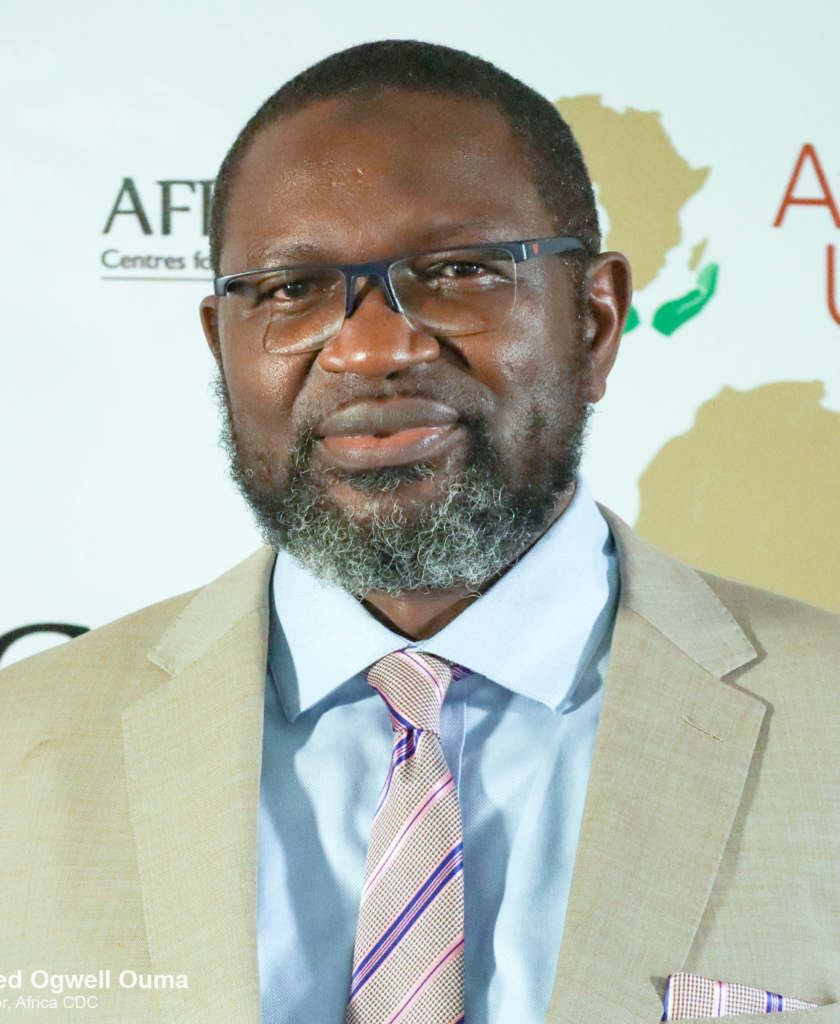
How we prepare for and respond to a health emergency often predicts how severe and prolonged the health crisis may last. Quick and coordinated responses, with clear roles for each actor, limits the duration and impact of the crisis. Conversely, when our response is slow, and we are unsure of roles including who makes decisions, and there is limited coordination among stakeholders, the crisis is often prolonged, adding to human suffering and economic costs.
In September 2022, Uganda confirmed an Ebola virus disease outbreak. By January 2023, in only 113 days, Uganda had controlled the outbreak recording 164 cases and 77 fatalities. This success was the result of functional public infrastructure, effective coordination by the government, and collaboration among various stakeholders including Africa CDC. Uganda must be commended for its efforts to quickly contain the spread of Ebola in record time.
As a best-practice, countries need to plan better to swiftly respond to health emergencies. That’s why the Africa Centres for Disease Control and Prevention (Africa CDC) has been working to encourage and support all the 55 African Union (AU) Member States to establish Public Health Emergency Operations Centres (PHEOCs). We further recommend that these PHEOCs should be functional throughout the year with dedicated staff to consistently scan and when necessary rapidly identify an outbreak and control it before it becomes a large health emergency.
To this end, the Africa CDC and the AU convened a meeting of Heads of State and Government who then issued The Lusaka Call to Action 2022: Strengthening Public Health Emergency Operations Centres in Africa. This Call to Action urges AU Member States to recognise the importance of PHEOCs and commit legal, financial, infrastructural and human resources for their establishment and full function.
To date, 41 AU Member States are in various stages of establishing PHEOCs. The Africa CDC’s goal is that by 2026 at least 90% of countries in Africa will be having a functional PHEOC. To get there we need to take certain concrete steps.
The first step is legislation – this ensures a firm legal basis, secures funding and staffing required to activate and sustain the PHEOC. So far, 17 AU Member States have made progress in establishing the legal framework for a PHEOC. To support this process, Africa CDC has developed a legal framework guiding document that AU Member States can adapt as necessary.
The second step is to secure dedicated infrastructure. To be effective, PHEOCs need a fit-for-purpose facility with the right equipment. This facility then becomes the nerve centre for coordination in peace times and during a health crisis. The design must allow it to operate independently and withstand various elements, from power cuts to natural disasters.
The third step is securing dedicated and well-trained experts to operate the PHEOC. While 41 AU Member States are working towards establishing PHEOCs, only 27 currently have the minimum staff commitment required to operate them. The aim is to have at least five (5) permanent staff running a PHEOC at country level. These staff must be trained and incentivised to deliver best practices and ensure sustainable and impactful operations.
The fourth step is good technology – PHEOCs need the right technology to be well connected to laboratories, hospitals, relevant public health departments, and the animal health system so as to track and respond to potential disease threats. These facilities run and thrive on real-time data, which requires good reliable technology and connectivity at both national and sub-national levels.
Finally, as the Covid-19 pandemic reminded us, diseases don’t recognise borders. It is therefore critical that AU Member States share information in real-time and to this end, as each PHEOC comes online, it should be networked with the Africa CDC continental PHEOC and as necessary, neighbouring countries. When we work together by sharing real-time information and experience, everyone benefits and minimises the potential spread of public health issues beyond borders.
Zimbabwe is an example of a country moving in the right direction. Following a cholera outbreak in 2018, a private-public partnership of various organisations, including the Government of Zimbabwe, Africa CDC, Econet Wireless, Higherlife Foundation, and WHO, Zimbabwe has built, equipped and staffed a dedicated crisis management facility. The government has also drafted legal frameworks, policies and procedures and continues deployment of dedicated staff to the facility. The Zimbabwe PHEOC opened in December 2019 and became the command centre for covid response during the pandemic. It is currently actively tracking the cholera outbreak including in neighbouring countries, yet another emerging public health crisis.
Health emergencies come in various shapes and sizes and are becoming more regular. In fact, based on current trends, we could be facing more crises due to climate change. Extreme climate events, conflicts and sub-optimal preparedness exposes more people to disease threats and other health risks.
We have the tools and capacity to identify these challenges early and respond quickly. Let’s not wait to struggle in building back better from the next public health crisis. Let’s start building better today. Let us establish functional PHEOCs in Africa and beyond.


